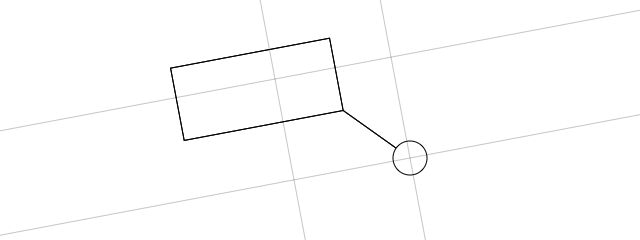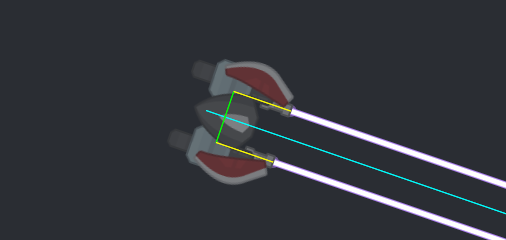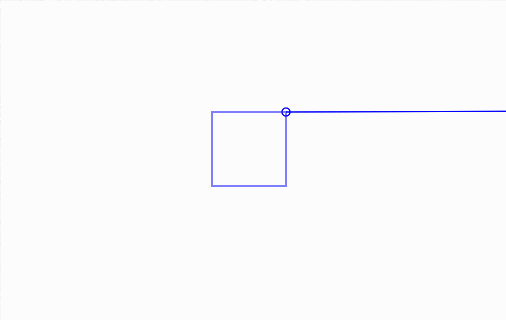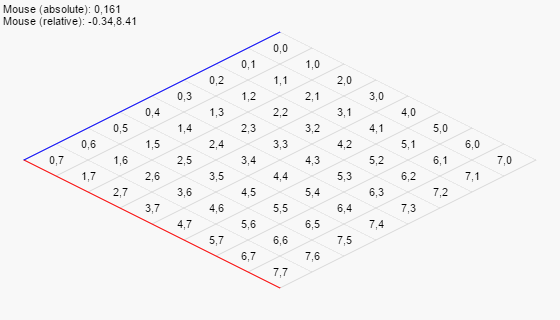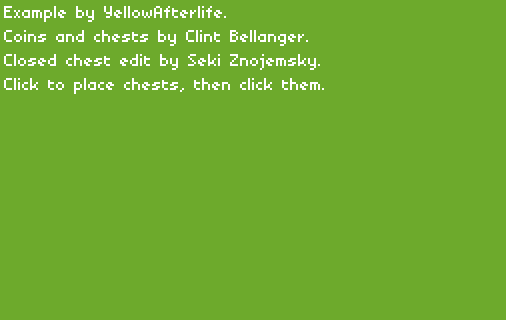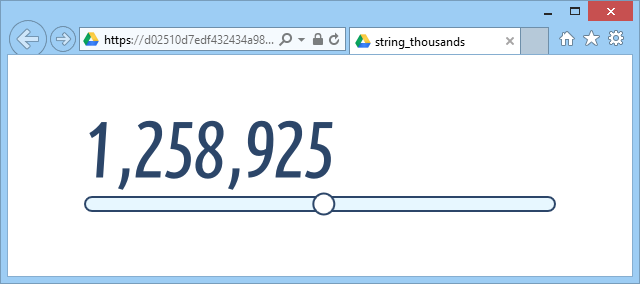label hello: select dialog("Hello! What would you like to do?") { option "Count to 5": for (var i = 1; i <= 5; i = i + 1) { wait(1); trace(i + "!"); } return 1; option "Nothing": jump yousure; } label yousure: select dialog("You sure?") { option "Yes": trace("Well then,"); return 0; option "No": jump hello; }
Example of supported syntax
As some might remember, earlier this year I have published a small guide on writing interpreters, which went over the process of implementing a basic interpreter capable of evaluating expressions consisting of numbers, operators, and variables.
This continuation of the guide further expands upon concept, outlining how to support calls, statements, and branching - enough for a small scripting language.
Continue reading